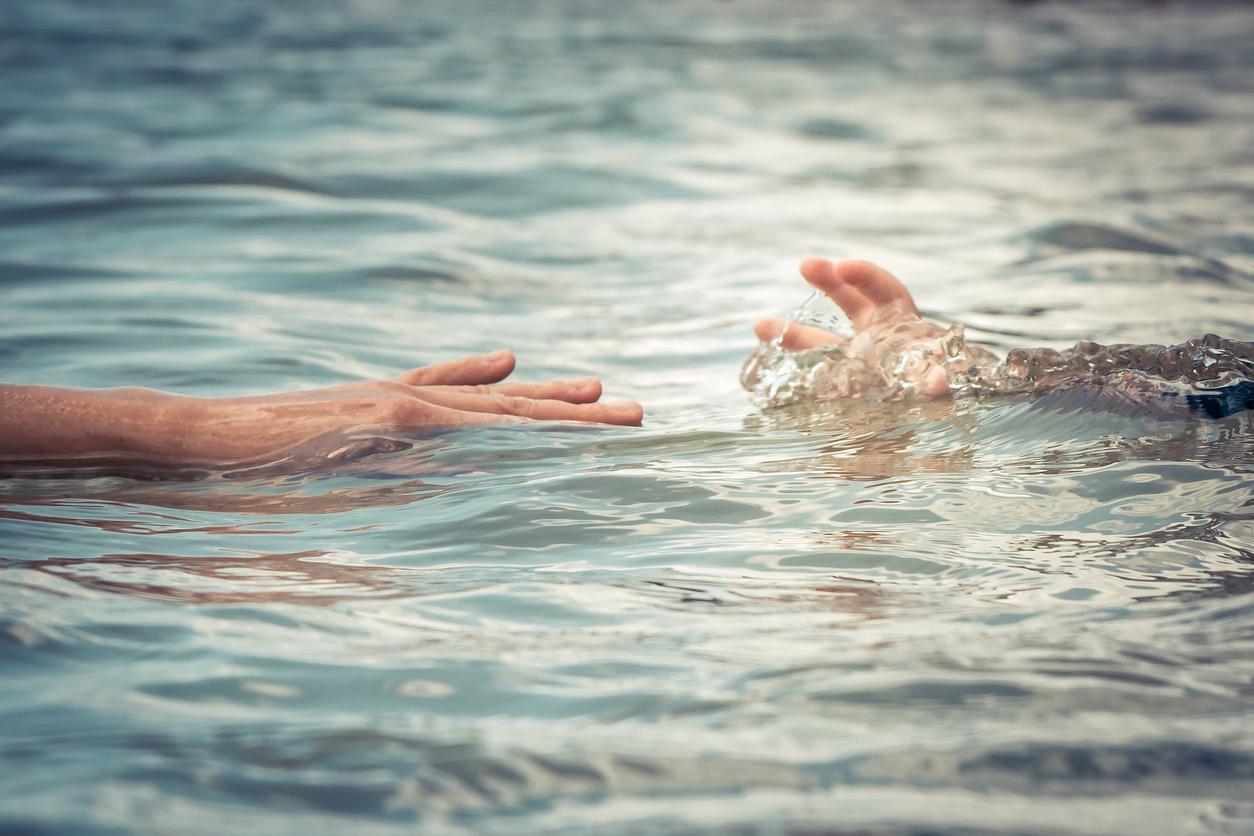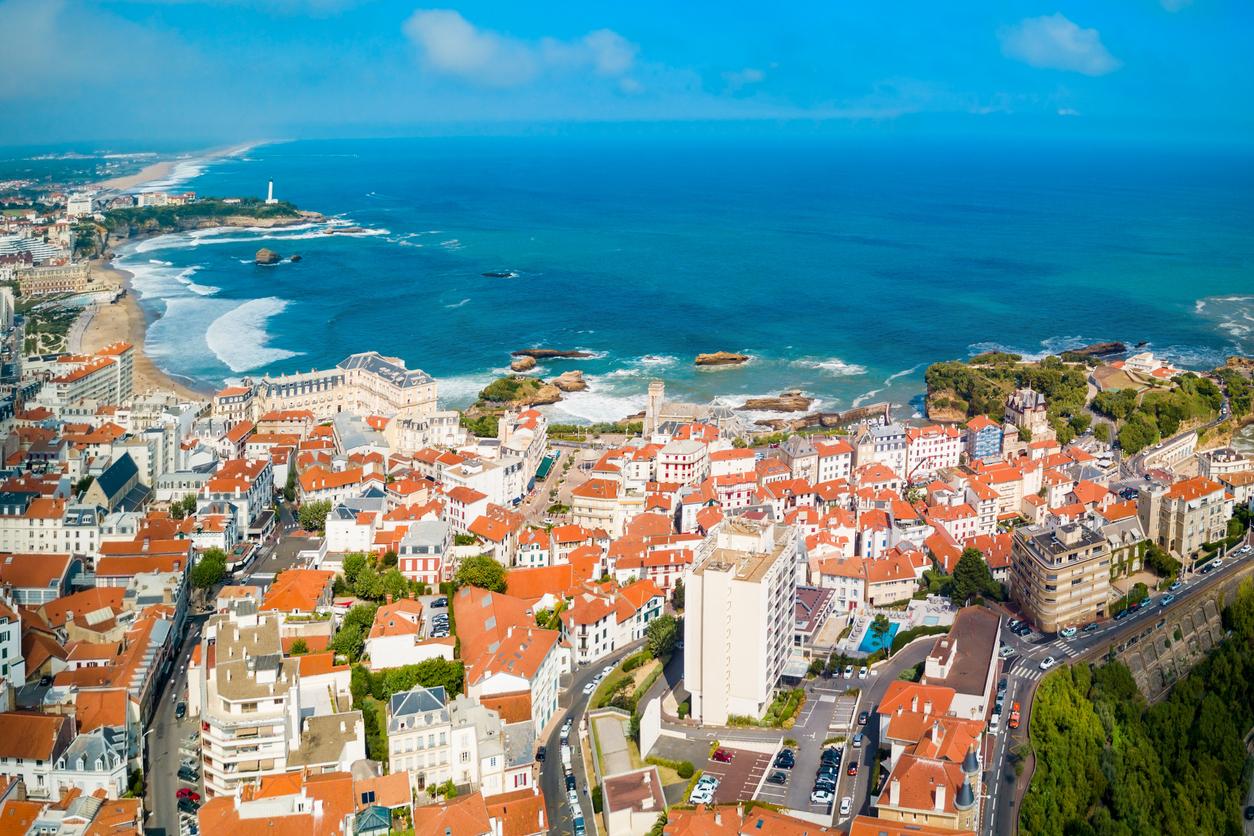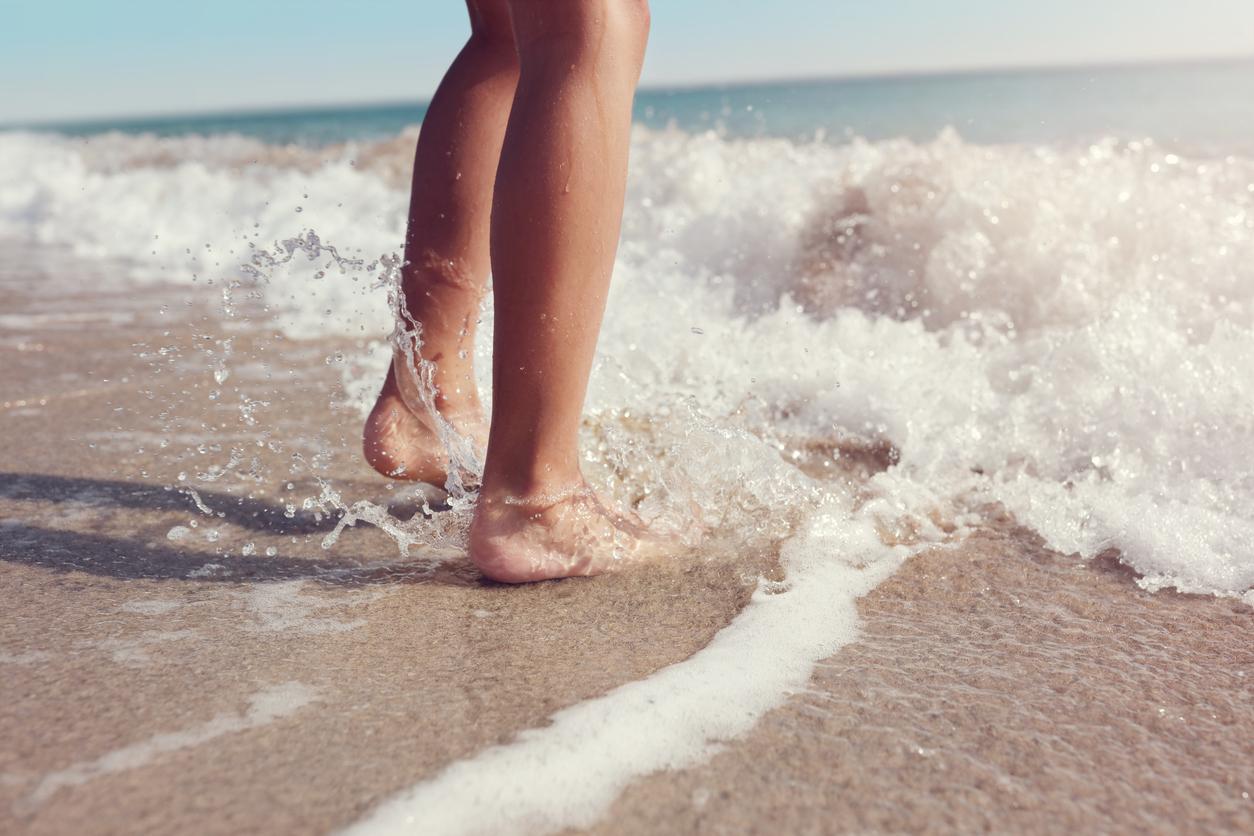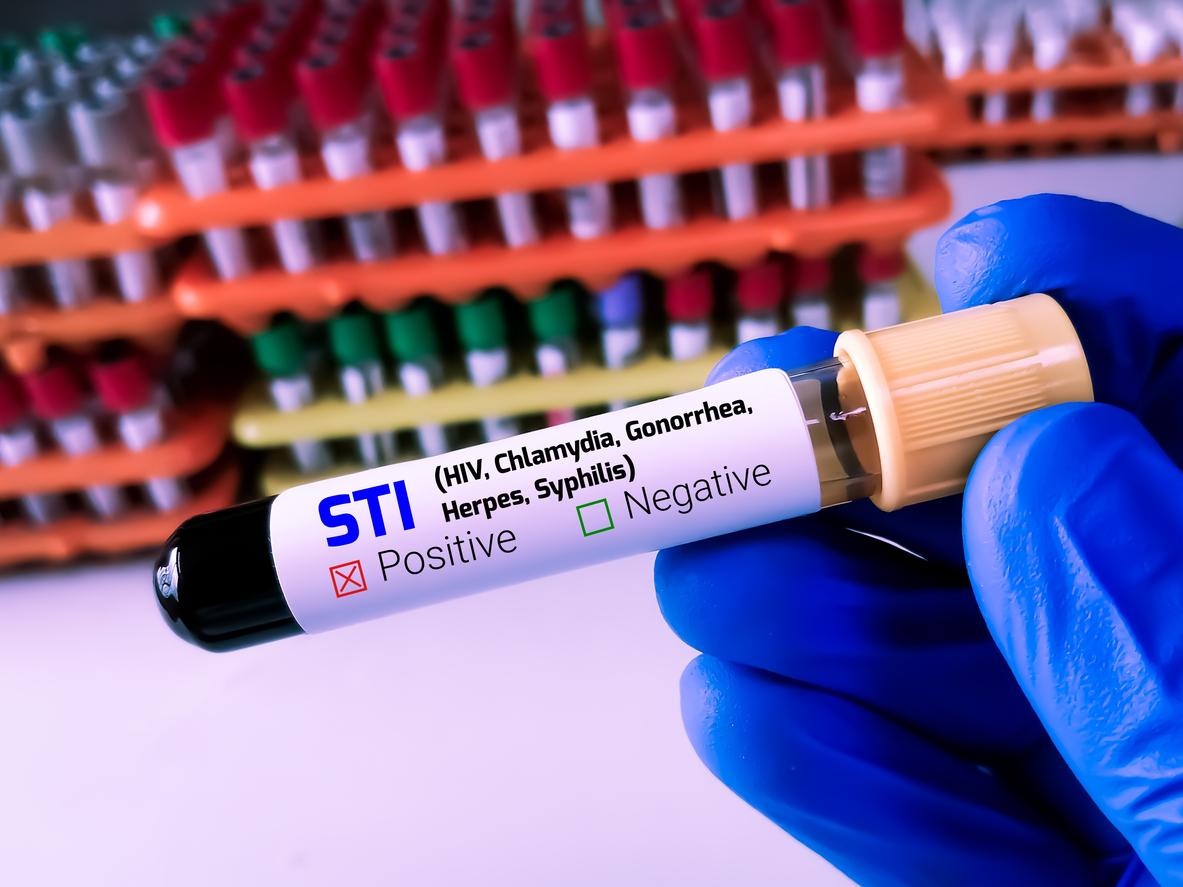
Whose fault is that bump?
Lovely, into the sun! But preferably without itching. How do you tackle annoying summer bumps such as heat, sun and insect bumps? And more importantly, how do you prevent them?
Painful and itchy red bumps can be a sign of sensitivity to sunlight, an overly strong reaction of the skin to UV rays. The complaints can arise ‘just like that’, even if you were previously fine with the sun. The bumps usually develop a day after you’ve been in the sun. By the way, you don’t have to burn to get them, as many people think.
sun bumps
These sun bumps occur mainly in the spring. They often become less in the course of the summer. If you stay out of the sun, the spots usually heal in seven to 10 days. If the symptoms persist, a short-term treatment with a hormone cream (corticosteroid cream) that inhibits the inflammatory response is an option. This is only available by prescription.
Once you have had these kinds of complaints, always use a sunscreen with a high protection factor in the future. If all goes well, take a slightly lower factor after a few weeks. And wear protective clothing if you go out into the sun.
Insects and jellyfish
An insect or jellyfish injects chemicals into the skin, which the immune system reacts to. The associated inflammatory response gives symptoms. For example, bumps, redness and itching. It can also happen that the stung or bitten body part swells. Difficult, but not alarming. In general, as long as the complaints are limited to the area around the bite, there is no cause for concern.
The most important advice in the event of a sting or bite is not to (continue to) scratch. Then the bump can become infected and sometimes a course of antibiotics is needed. A cold, wet cloth can provide relief after a sting or bite, possibly with some vinegar on it if it is a wasp sting, or some ammonia diluted with water after a bee sting. Creams with a local anesthetic or with an antihistamine relieve the itching and pain. In case of severe swelling, itching or pain, the doctor can prescribe a hormone ointment, an antihistamine and/or a short course of prednisone.
Extra watch out: sign
In most cases you will not notice a tick bite. A small red bump at most, like a mosquito. And you can easily overlook that, just like the tick. But ticks can transmit Lyme disease. It often happens – but not always! – a red ring on the skin around the site of the bite, which gets bigger and bigger. Sometimes you also get flu-like symptoms: fever, fatigue, joint pain and headache. In that case, contact your doctor immediately.
A congested skin
Heat rash – also called heat rash or sweat rash – is different from sun sensitivity. The small red spots or blisters are caused by the sweat glands in the skin becoming clogged. They mainly occur in places where there is pressure on the skin (for example due to tight clothing) or where two layers of skin press against each other (under the breasts, between the buttocks, in abdominal folds, etc.). The bumps can be quite irritating. If you put (sunscreen) cream on it, it will clog things even more and the complaints will get worse.
You usually don’t need to go to the doctor with heat rash. The complaints disappear within a few hours to a few days, provided you stay in a cool environment. Although the sun is not a direct cause, it is better to avoid it temporarily because of the heat. If in doubt about sun sensitivity or heat rash, ask your doctor for advice.
Medicines and sun
There are quite a few drugs that can cause a hypersensitivity reaction to light. Examples are certain antibiotics, diuretics, painkillers and medicines for diabetes, heart complaints or rheumatism. You can read about this in the package leaflet. If you go out into the sun with such medicines, you burn faster. You can also get bumps, suffer from itching or the skin becomes blotchy.
It is best to apply a very high protection factor (50+) to those who use these types of products. Even when it’s cloudy. If the complaints are very serious, the doctor in question may be able to lower the dose of the medication.
plant bumps
Everyone knows that nettles give painful bumps. But there are also plants that in themselves are harmless to the skin, but which, in combination with sunlight, do give a violent reaction. This is called photo contact allergy. Hogweed and rue are the best known. Under the influence of UV rays, the juices in these plants change their composition, as it were, which causes skin complaints.
Something similar sometimes happens with certain ingredients in cosmetics, perfumes, hair dyes, mosquito bites and even sunscreens. Incidentally, the sun does not have to shine fully to provoke such a reaction; the rays often penetrate through clouds. The solution is simple: keep the part of the skin where the bumps are well covered and the complaints disappear.
Swimming without worries
In the summer, blue-green algae sometimes forms in stagnant water, a bacterium that can secrete toxins (toxins). These can enter the body through the mouth, resulting in skin irritation (bumps, redness and severe itching). These complaints can be treated well with a hormone ointment.
In swimming pools, the water is kept in motion and cleaned with chlorine, so there is no risk of blue-green algae. Incidentally, blue-green algae poisoning usually does not stop at skin problems. Other complaints include headache, stomach cramps, nausea, vomiting, diarrhoea, fever, sore throat, earache, a runny nose or swollen lips. For those who go swimming in nature, it is recommended to check the water quality on Zwemwater.nl.
Sources):
- Plus Magazine

















